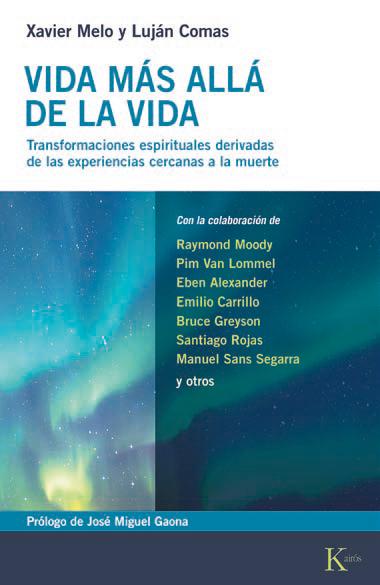REVIEW OF “EEG SIGNATURE OF NEAR-DEATH-LIKE EXPERIENCES DURING SYNCOPE-INDUCED PERIODS OF UNRESPONSIVENESS” BY MARTIAL ET AL”.
As previously mentioned, in 2009, Lakhmir Chawla’s team detected end of life electrical surges (ELES) in seven patients, occurring between 3 to 5 minutes after cardiopulmonary arrest. Eight years later, they managed to replicate part of these results: 13 out of 18 patients exhibited ELES. In the 2009 article, these ELES were proposed as a potential neurophysiological cause for Near-Death Experiences (NDEs).
Chawla highlights that the studies by Auyong (2010), Go ahead (2013), and van Rijn (2011) support his findings. However, in the first study, the exact moment of cardiac arrest is not included, in the second, the EEG activity occurs in mice within 30 seconds of cardiopulmonary arrest as expected, and Dr. Borjigin herself criticized that Chawla’s results differed from those collected by her team. In the third study, it is ruled out that the experiences found in decapitated rodents could be associated with any type of consciousness, given that the phenomenon occurs in both anesthetized and non-anesthetized mice.
The results of Norton (2017), Sleeping (2021), Reagan (2018), DeVries (1998), with a total of 197 cases, and the meta-analysis by Pana (2016), involving seven human studies and ten animal studies, did not validate Chawla’s findings and found generalized brain activity decline or none at all after cardiopulmonary arrest.
When we consider that some NDEs occur within three minutes of cardiac arrest due to their in-hospital genesis and proper resuscitation protocols, it is difficult for ELES to be the cause of NDEs. In fact, ELES seem to result from the depolarization of neurons in a severely impaired brain.
The latest of these studies is by Martial et al. (July 2024), which shows that during induced syncope (fainting), individuals who experience something akin to an NDE present EEGs (electroencephalograms) consistent with a lack of consciousness: an increase in theta and delta waves. The study notes the presence of beta waves but not an increase compared to pre-syncope levels. Interestingly, the study interprets these patterns as indicators of conscious brain activity, referring to studies that show this pattern only in patients who are ill or under the effects of psychedelics, where brain activity decreases.
From what we know from EEGs, theta and delta waves appear when a subject is not experiencing consciousness, and they are used as measures of unconsciousness during surgeries under anesthesia. Therefore, Martial’s study supports the viewpoint of the absence of brain activity during simple syncope, corroborating that the brain is highly sensitive to vascular issues such as a lack of arteriovenous pressure.
Meanwhile, Nigel Shaw from the University of Auckland, New Zealand, has developed a series of arguments highlighting the inadequacy of the naturalistic approach—i.e., that brain activity is what produces NDEs—to explain such experiences.
First, Shaw explains how muscle movements can be mistaken for brain waves, creating a false impression of brain activity. However, this seems unlikely since EEGs have been recorded in some cases in patients with no movement.
Second, Shaw refers to the poor timing of death determination in some of the studies that found gamma activity in perimortem EEGs. In some studies, EEGs are clearly recorded before cardiac arrest, in others when no pulse is detected, and in others during an effective cardiopulmonary arrest.
Shaw’s strongest argument comes from dog studies that found gamma activity in EEGs originates from the amygdala, not the cortex, meaning that this activity cannot be proposed as the cause of NDEs.
Additionally, Shaw argues that the relationship between gamma waves and consciousness has never been fully established. For example, someone can produce gamma waves in an EEG while being under anesthesia.
Finally, Shaw emphasizes that in states induced by psychedelics, where some NDE characteristics are reproduced, the entire spectrum of brain waves recorded by EEG, including gamma waves, decreases, adding more difficulty to the possibility that such perimortem waves could be responsible for NDEs.
For more information, we share the link:
Review prepared by Òscar Llorens i Garcia
BIBLIOGRAPHY
Characterization of end-of-life electroencephalographic surges in critically ill patients. https://pubmed.ncbi.nlm.nih.gov/28145850/
The Gamma-Band Activity Model of the Near-Death Experience: A Critique and a Reinterpretation. https://f1000research.com/articles/13-674





